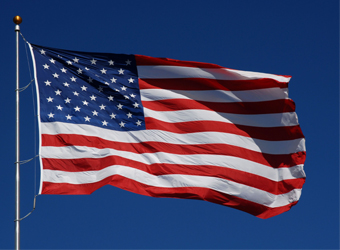Household income in the world’s largest economy rose for the second straight year in 2016 while poverty also continued to decline, according to government figures Tuesday.
The share of the public living without health insurance also saw back-to-back decreases, with another 900,000 people gaining coverage between 2015 and 2016, the Commerce Department figures showed.
The annual report showed that, in the year before President Donald Trump took office, the general public continued to share in the benefits of an economic recovery since the great recession in 2008.
“We also see more people working and more people working year-round full time,” Trudi Renwick, assistant chief for economic characteristics at the Census Bureau, told AFP.
Economists, however, have been frustrated by the overall pace of wage growth, which has remained sluggish despite continuous job creation over a seven years.
The median US household income for the year was $59,039, up 3.2 percent in inflation-adjusted terms from the prior year and the second consecutive increase. However, according to Renwick, the Census Bureau cautions against making comparisons to income figures from before 2014 due to a change in how the data were collected.
The share of the population without health insurance fell to 8.8 percent, or 28.1 million people, down from 9.1 percent in 2015.
Meanwhile, the nation’s official household poverty rate- or families of four living on less than $24,339 with two adults- was 12.7 percent, down 0.8 points from the year before.
As a result, 40.6 million people now live below the poverty line, 2.5 million fewer than the year before, in the second consecutive decrease in poverty.
According to the Census Bureau, 2016 marked the first year that the poverty rate was not significantly higher than in 2007, or prior to the Great Recession.
There was no significant change in income inequality for the year, with the top five percent of households bringing in $225,252 or more a year while the bottom quintile earned $24,003 or less. Source: AFP
Source: AFP
